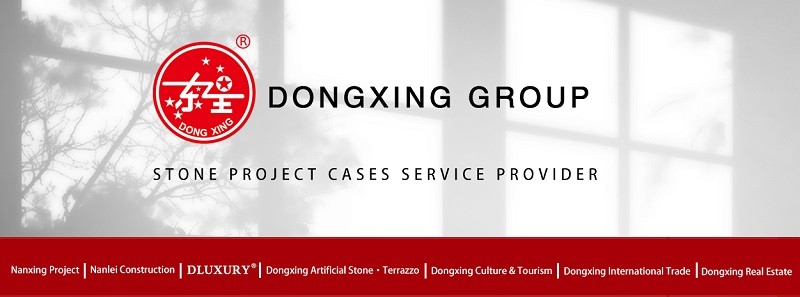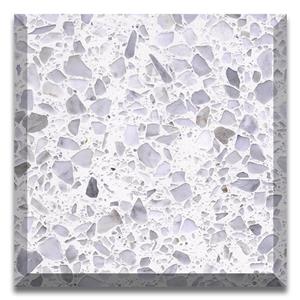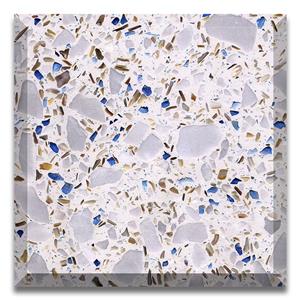Terrazzo Flooring: A Green Building Material for Eco-Friendly Design
The construction industry is under increasing pressure to balance beauty, cost, and environmental responsibility. Every choice a builder or architect makes—from structure to surface—affects both the appearance of a building and its long-term environmental impact. Materials, in particular, decide not only how a space looks but also how well it supports energy efficiency, waste reduction, and long-lasting performance. One material that has emerged as both visually striking and environmentally responsible is terrazzo.
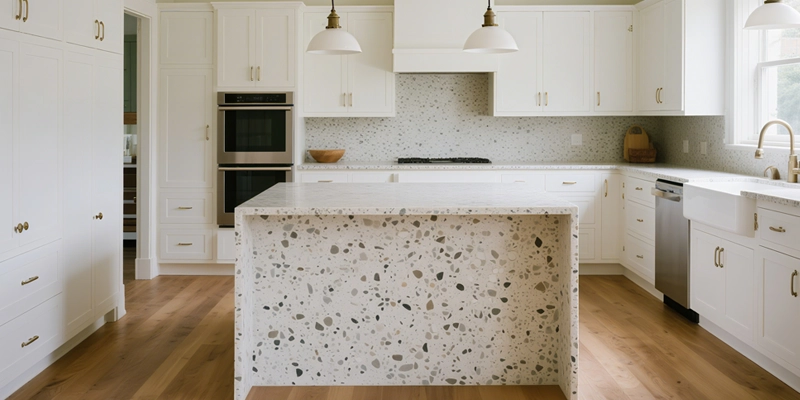
Terrazzo’s Origins in Reuse
Terrazzo has a history rooted in creative recycling. Early craftsmen actively reused marble chips by mixing them with cement, turning waste into strong, polished floors. What began as a practical way to avoid waste has evolved into a respected flooring solution that aligns perfectly with modern goals of green design.
Modern Terrazzo and Its Environmental Role
Today’s terrazzo flooring goes far beyond marble fragments. Manufacturers now add recycled glass, leftover metal, and fine stone powders into the mix. By using these byproducts, terrazzo reduces the demand for fresh quarrying and avoids sending valuable resources to landfills. This balance between design and responsibility makes terrazzo one of the most effective examples of green building materials available to architects today.

Durability and Long Service Life
Another reason terrazzo stands out is its strength and longevity. A well-installed terrazzo floor can last more than four decades, often outliving ceramic tiles, wood flooring, or vinyl. Because terrazzo rarely needs replacement, it reduces construction waste and the energy costs of future renovations. This durability also means less frequent disruption in commercial and public spaces, which saves money and resources over time.
Many suppliers in the terrazzo and marble supply industry now provide clear figures about the recycled content in their materials. These measurable numbers help builders and designers back up their environmental claims with data. For eco-conscious projects, this transparency is an important step in making informed material choices.
Terrazzo and Healthy Indoor Spaces
Beyond durability, terrazzo also supports healthier interiors:
Low VOC emissions: Terrazzo releases very small amounts of harmful chemicals during installation and everyday use. This helps keep indoor air cleaner and safer for building occupants.
Dense and seamless surface: Its solid, smooth finish prevents dirt buildup and makes cleaning easier. Because terrazzo requires fewer harsh cleaning products, it is especially practical for hospitals, schools, airports, and other public buildings where hygiene is critical.
These qualities prove that terrazzo improves not just a building’s look but also the health and safety of
the people who use it.

Earning Points in Green Certifications
Many construction projects aim to achieve certifications such as LEED, BREEAM, or WELL. Terrazzo can help projects earn credits in several areas:
Recycled content credits
Waste reduction through long service life
Indoor air quality credits due to low emissions
By supporting these certification systems, terrazzo provides builders with a practical way to meet eco-friendly standards. Choosing terrazzo is good for the planet and a smart strategy for projects that want recognition for their environmental efforts.
Comparing Terrazzo with Other Materials
When compared with other popular surfaces, terrazzo offers clear advantages:
Marble: Known for beauty but costly to extract and transport, with heavy environmental impacts.
Ceramic tiles: Require high heat during production and usually need replacement more often.
Wood flooring: Warm and natural but vulnerable to wear and not always sourced from sustainable forests.
Terrazzo: Combines recycled ingredients, extended life span, and easy maintenance—making it a leader in both eco-friendliness and long-term value.
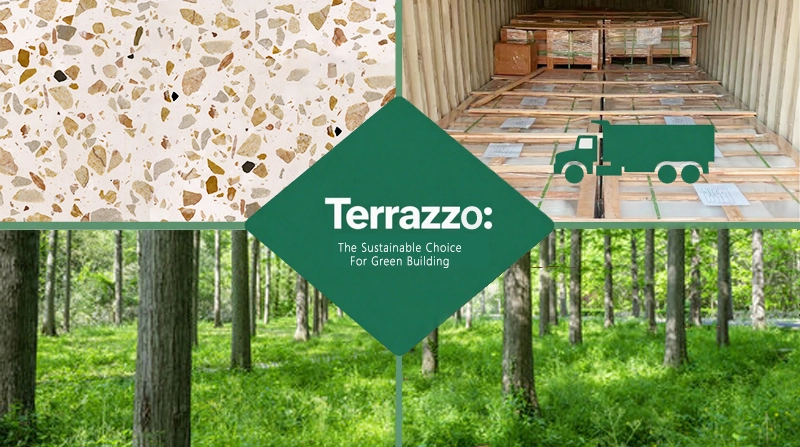
Expert Views from the Industry
Experts confirm terrazzo’s unique position. A consultant from the terrazzo and marble supply sector notes:
“In the past ten years, more clients have asked for terrazzo. They value its flexibility in design and also see it as a reflection of responsible, eco-friendly thinking. Choosing terrazzo shows care for the environment while meeting modern design goals.”
The German architecture firm
Waechter + Waechter Architekten also highlights terrazzo’s dual strength:
“Terrazzo flooring is highly durable both in function and in style. Even when architects design buildings to last for decades, the flooring must still meet hightechnical demands while offering timeless beauty.”
These perspectives reinforce that terrazzo is not just a practical surface but a professional standard in sustainable design.
A Model for the Future
With deep roots in recycling and modern improvements in durability and safety, terrazzo has proven itself as both attractive and eco-friendly. It shows how design choices can protect resources while still delivering elegant results.
In today’s era of green construction, terrazzo flooring stands out not only as a stylish surface but also as a model of eco-friendly architecture. For builders and designers, terrazzo represents a bridge between aesthetics and environmental responsibility—a true green choice for the future.
